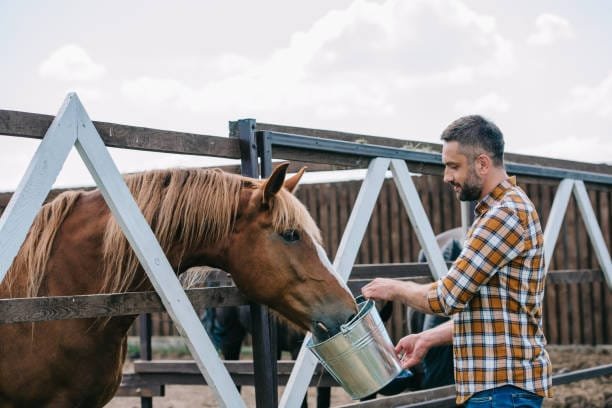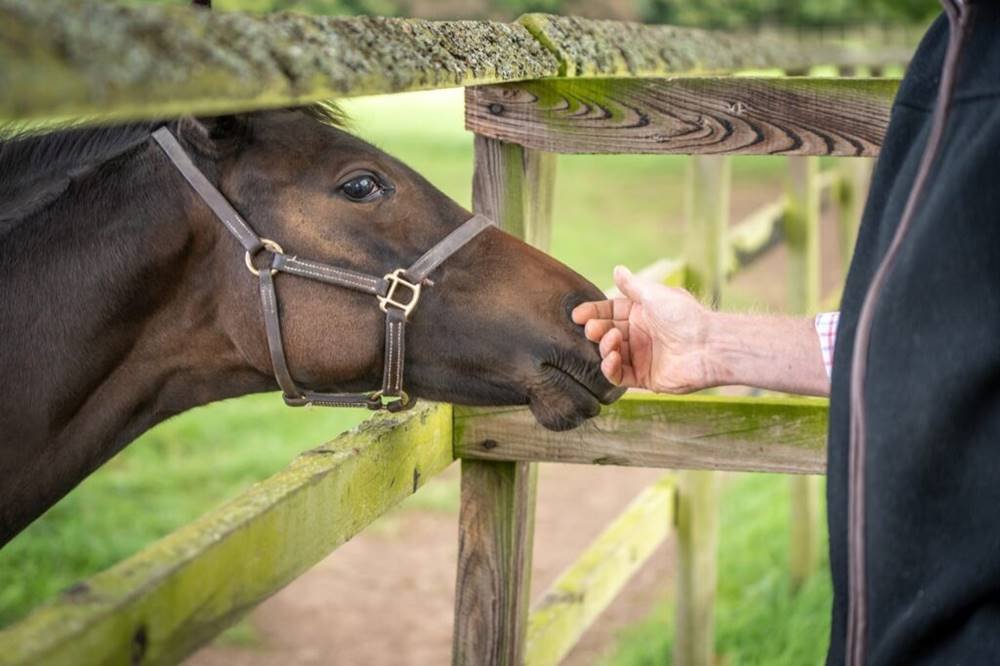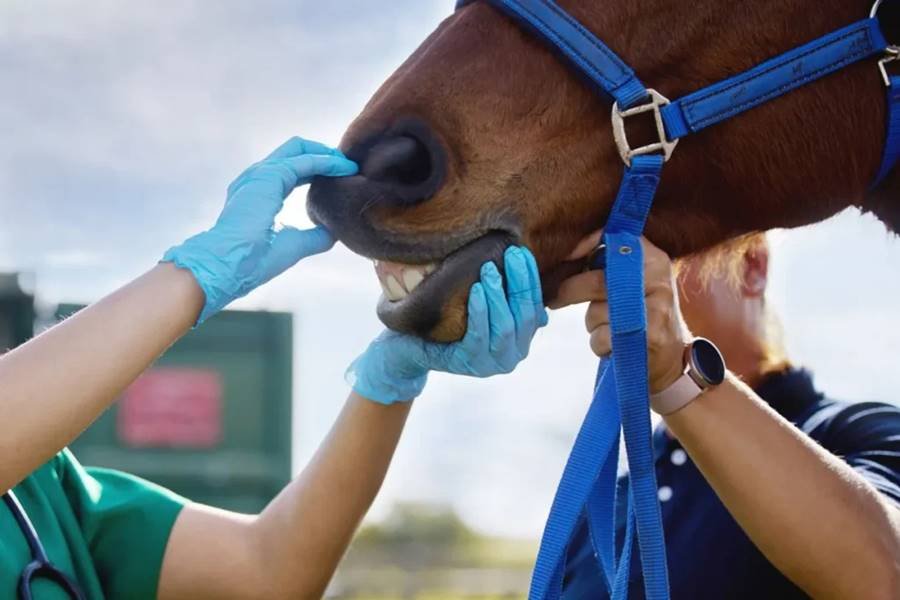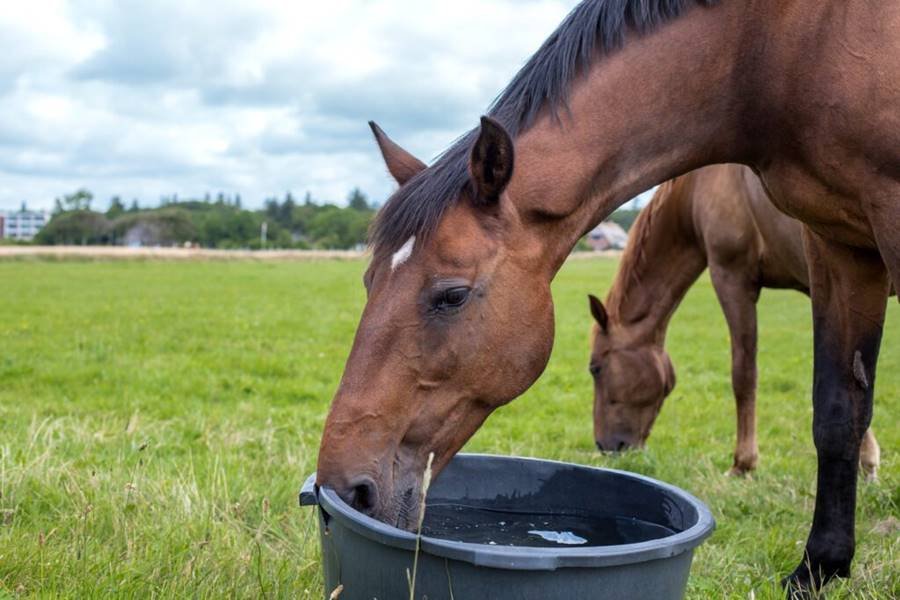Changing your horse’s feed can feel like a daunting task, but it’s essential for their health and performance.
Whether you’re switching to a different brand, trying a new formula, or adjusting their diet for special needs, it’s crucial to do it safely to avoid digestive upset or other health issues. Here are three easy tips to help you change your horse’s feed smoothly and safely.
1. Gradual Transition is Key
One of the most important steps in changing your horse’s feed is to introduce the new feed gradually. Horses have sensitive digestive systems, and a sudden change can lead to colic or diarrhea.
How to Do It:
- Start Slowly: Begin by mixing a small amount of the new feed with the old feed. A good rule of thumb is to start with about 25% new feed and 75% old feed.
- Monitor and Adjust: Feed this mixture for about 4-5 days, watching your horse for any signs of digestive upset. If everything looks good, slowly increase the amount of new feed while decreasing the old feed over the next week or two. Aim to fully transition to the new feed over 10-14 days, depending on how your horse responds.
- Stay Observant: Keep an eye on your horse’s behavior, appetite, and manure. Any drastic changes could indicate a problem, and you may need to slow down the transition.
2. Consider Nutritional Needs
Every horse is unique, and their nutritional needs can vary based on age, activity level, health status, and more. Before changing your feed, take some time to assess what your horse requires.
Assessing Nutritional Needs:
- Consult with a Vet or Nutritionist: It’s always a good idea to talk to a veterinarian or an equine nutritionist before making changes. They can help you determine the best feed for your horse’s specific needs.
- Look for Quality Ingredients: When choosing a new feed, look for high-quality ingredients. Whole grains, forages, and essential vitamins and minerals should be at the top of the ingredient list. Avoid feeds with excessive fillers or artificial additives.
- Read the Labels: Different feeds are formulated for various purposes (e.g., maintenance, performance, weight gain). Make sure the new feed aligns with your horse’s needs and lifestyle.
3. Create a Consistent Feeding Routine
Horses thrive on routine, and maintaining a consistent feeding schedule can help ease the transition to a new feed. Establishing a regular routine not only supports digestive health but also keeps your horse comfortable and relaxed.
Tips for a Consistent Routine:
- Set a Schedule: Feed your horse at the same times each day. Consistency helps your horse anticipate meals and can reduce stress.
- Monitor Feeding Environment: Make sure the feeding area is calm and free from distractions. If your horse is stressed during feeding time, they may be less likely to eat well.
- Use the Same Feeding Equipment: Whenever possible, use the same type of feeder or bucket to avoid introducing new elements that might stress your horse.
Final Thoughts
Changing your horse’s feed doesn’t have to be a stressful experience. By following these three easy tips—making a gradual transition, considering your horse’s nutritional needs, and establishing a consistent feeding routine—you can help ensure a smooth and safe switch. Remember, your horse’s health and happiness are paramount, so take the time to make changes thoughtfully. If you have any concerns during the transition, don’t hesitate to consult with a veterinarian for guidance. Happy feeding!




